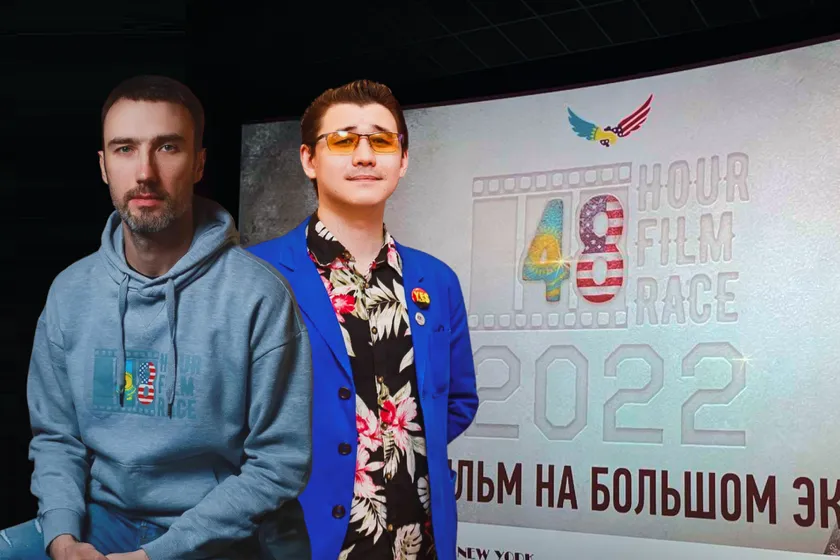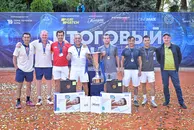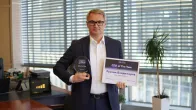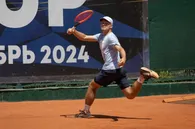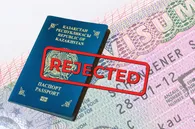Whether you’re an amateur or a professional, throwing together a film in 48 hours is no easy feat. The community of Central Asian filmmakers have been challenging themselves this way for years, exploring a variety of topics, from personal to societal issues, in short videos, no longer than four minutes.
With the support from the U.S. Embassy in Kazakhstan, the local project has gained momentum, attracting more interest in art by, and about, Central Asia. From August 8 in Bishkek to August 31 in Dushanbe, the 48 Hour Film Race (48HFR) will be screening 250 works of independent filmmakers from Kazakhstan, Kyrgyzstan, Uzbekistan, Turkmenistan, and Tajikistan in 38 cities.
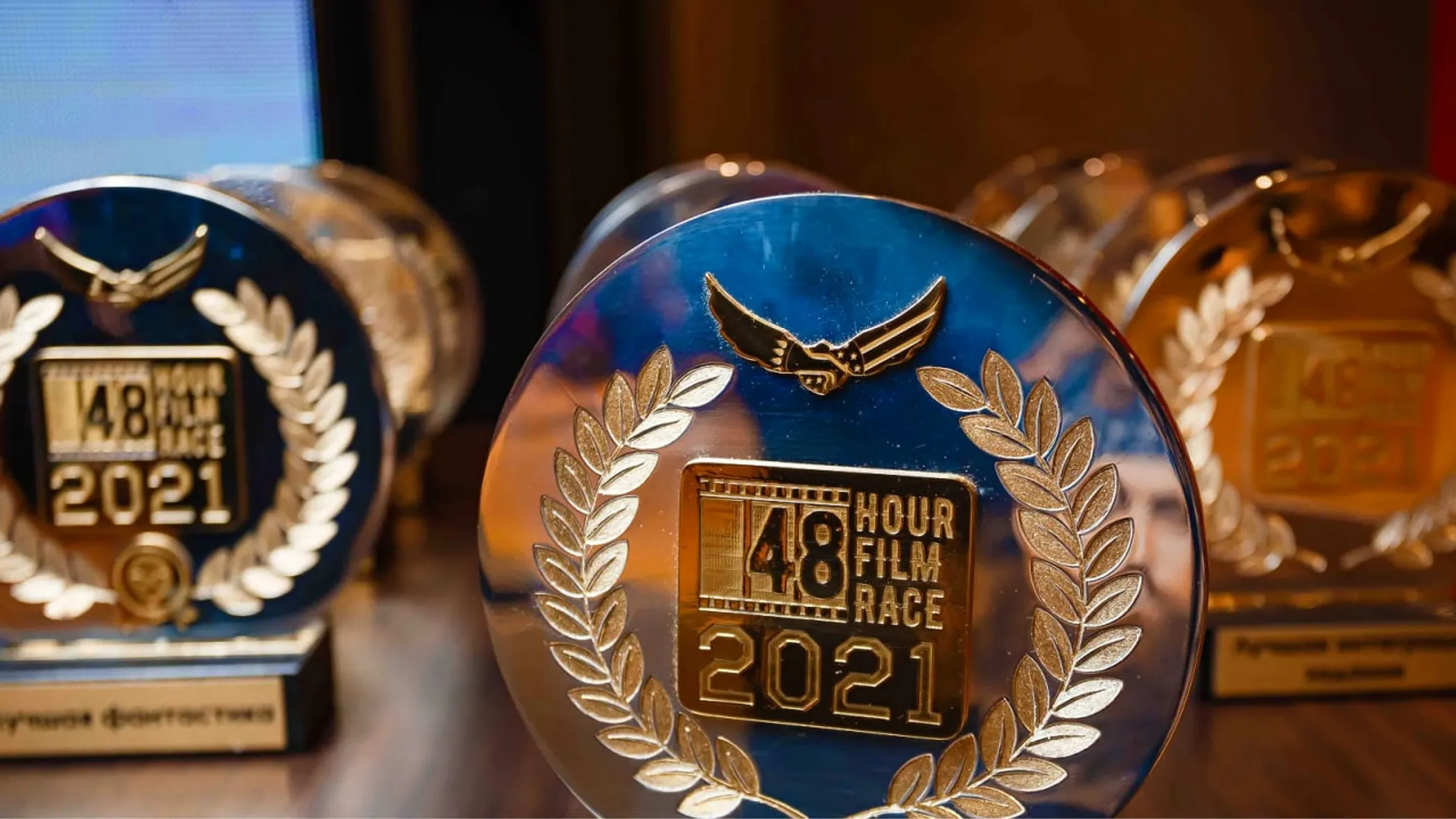
Back in 2015, Project Director Andrey Manyulov, who had been involved with the Almaty-based festival “Click”, got the tip for 48FHR from one of the main supporters of the event, Charles Martin, who was then the Counselor for Education, Culture, and Press at the U.S. Consulate General in Almaty.
Since we already worked with Charles on numerous other projects - we had monthly screenings of American classics in ‘Chaplin’ cinema theater. … And if in the first year there was something like 50 participants, in February of 2016, we already had over 300 films. The year after that the festival started to include other Central Asian countries.
Aside from the 48-hour time limit, the submissions must in some way incorporate: a blank piece of paper, a woman in red or a man in blue, and an object in the form of a heart, and a completed phrase that begins with ‘The world is…’ The tasks are revealed before the countdown.
The thing about this festival is we try to screen every work that comes our way because that’s the reward in and of itself. You can come to the theater and watch your own movie. The ‘but’ lies in severe technical difficulties, where we wouldn’t show movies with poor sound or image quality. If we receive work that is heavy with explicit language, we can just ask to bleep them. We try to maintain communication with our community and to respect the teams’ vision.
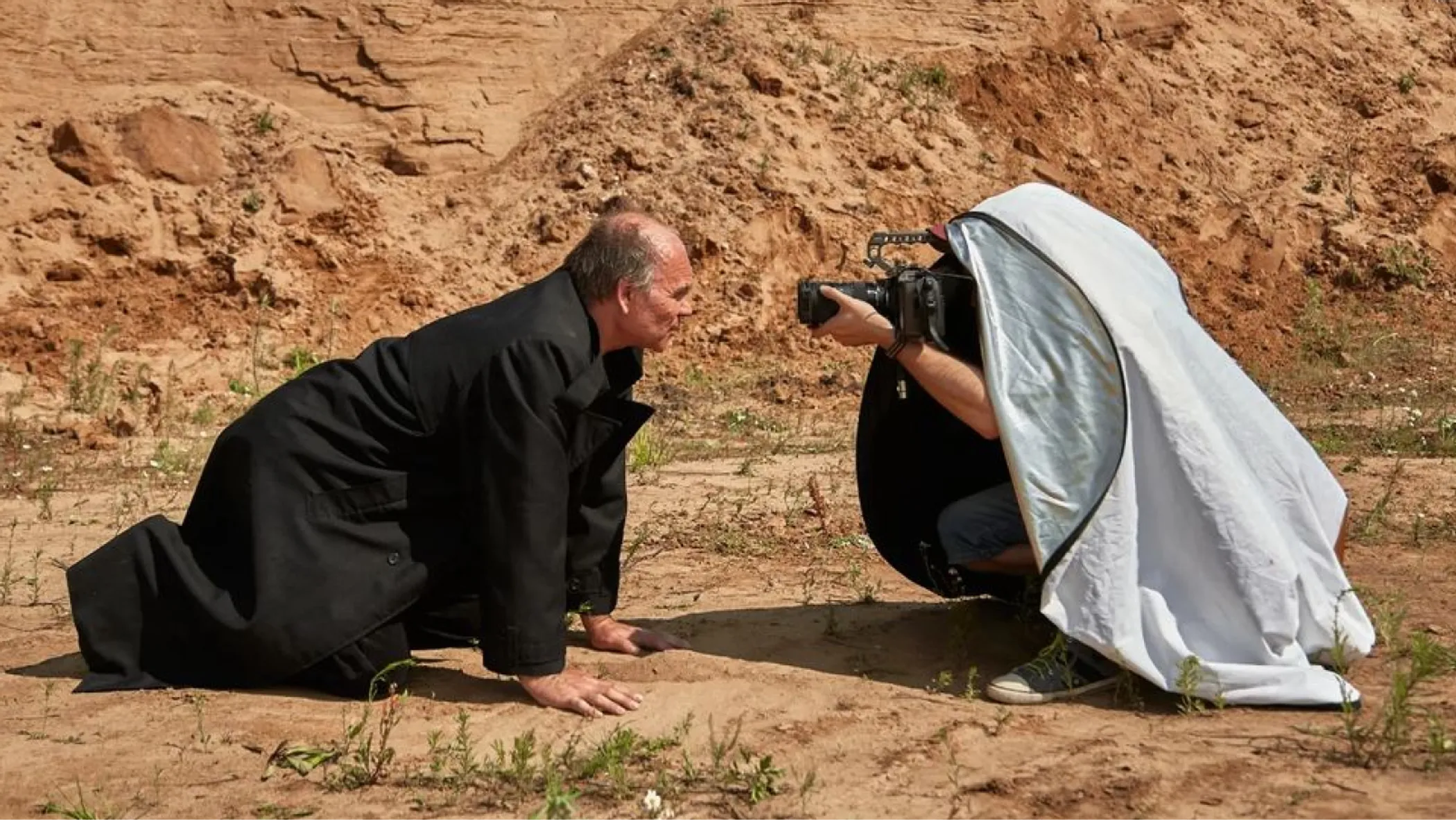
According to Manyulov, the event has brought the community of filmmakers closer than ever.
If someone says ‘I won at the 48hfr’, they develop this new understanding [of each other]. Something akin to having gone to the same school or university. … Sometimes we even receive a film where participants say that they have no idea about what they did or that it's horrible, yet they are really just happy because they did it.
On August 18, the 48 Hour Film Race took place in Nur-Sultan at Chaplin MEGA SilkWay. Tahra Vose, the press attache of the U.S. Embassy, welcomed viewers at the screening.
One of the reasons that we do this particular program is to highlight the culture of the region and the talent that is amazing. Some of the movies were astounding, some were quite funny and others were a bit shocking. They’re wonderful.
The evening opened with thrash-comedy “Fast Fingers” (Быстрые Пальчики) by STOPGOP, where the story follows a young man who attempts to stop a villain from shutting down the Internet by going around the city to dispatch her goons with his only weapon – finger guns.
As the submissions are shown back to back, the audience could notice common themes that reflected the participants’ outlook on things. Many of the short motion pictures centered around poverty and how to deal with it. Some decided to approach these themes with a bit of humor, like “Rules” (Правила) by Amelie, which shows the protagonist who tries to find the positive side of things by recording his day-to-day life while trying to escape debt collectors.
“The Story of One Roof” by Debut framed itself as more of a social ad, where the centerpiece is a roof with life and its drama running in the background. “Interview” (Собеседование ) by Performing Arts Center puts the viewers in the seat of an interviewer who goes through a cast of colorful characters, each representing one of the 7 Deadly sins.
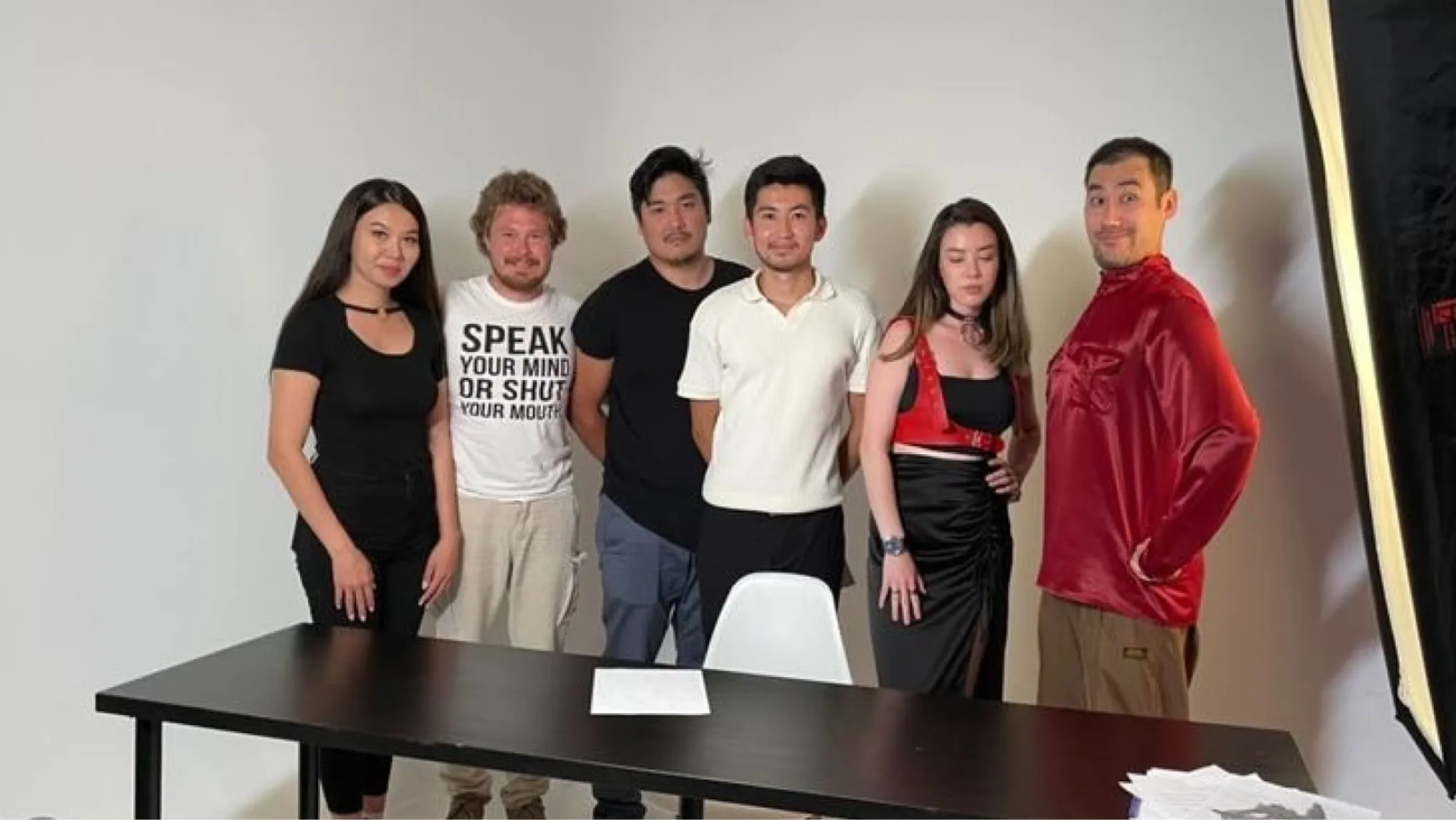
On the first day, we gathered at my apartment to think things through. … But we couldn’t come up with anything. So, on the first day of the filming, on the ticking clock, we started giving each other assignments. Where we would try out some different storylines. We thought about how to play out 7 seven Deadly Sins in modern times and how to tie them with creative tasks [of the festival].
Abylaikhan Gabdulin’s work “Gambler” (Игрок) depicts a man who struggles with a gambling addiction. The film combines the cerebral effect of music with a silent protagonist who at some point even steals from his own family, but in the end, chooses their happiness.
Gabdulin believed that what is special about this event is that “everybody can participate. Amateurs and professionals. And you can project a thing about [yourself]... and show it to people.”
